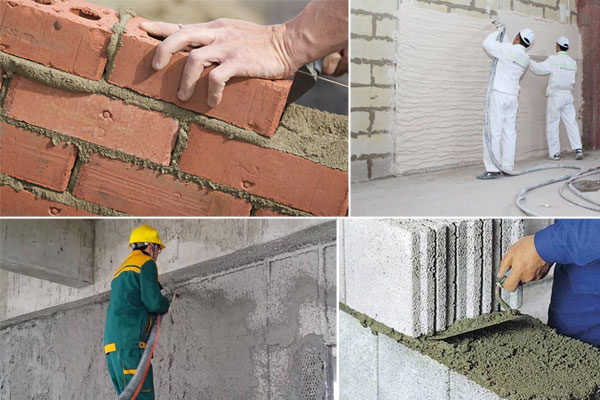
Dry-mix mortar is widely used in modern construction, from masonry and plastering to tile laying and self-leveling floors.
However, in practical applications, dry-mix mortar often faces the following issues:
Insufficient water retention → leading to premature moisture loss in the mortar and reduced bonding strength;
Poor workability → Difficult to apply, requiring extra effort for spreading and laying;
Insufficient strength → Prone to hollow voids and cracking after setting;
Poor adaptability → Performance instability under significant temperature and humidity fluctuations.
These issues not only impact construction efficiency but also directly affect the durability and aesthetic quality of the project.
Excellent water retention — extends construction time
One of the most important functions of HPMC (hydroxypropyl methylcellulose) in dry-mix mortar is to enhance water retention. It forms a uniform water-retaining film on the surface and within the mortar, significantly reducing water loss. Even in high-temperature, dry, or windy conditions, it ensures adequate hydration of the cement.
This water retention not only extends the open time of the mortar but also allows for more flexible construction, reducing issues such as cracking and reduced adhesion caused by rapid drying.
Enhanced adhesion and forming strength
During the hardening process of mortar, HPMC forms a tough polymer film that uniformly coats the particle surfaces, enhancing the bonding strength between particles.
This structure improves the density of the mortar during forming and enhances its bond strength with the substrate and finish materials, effectively reducing quality issues such as hollows and peeling.
Improved workability — easier construction
Construction workers often say that the quality of mortar can be judged by its first application. Kaimaxing HPMC endows mortar with excellent thixotropy and viscosity stability, ensuring a smooth application consistency after mixing.
During application and tile laying, the mortar exhibits optimal flowability without sagging, and tiles remain securely in place. Even during large-scale applications, the mortar maintains stable performance, minimizing rework and material waste.
